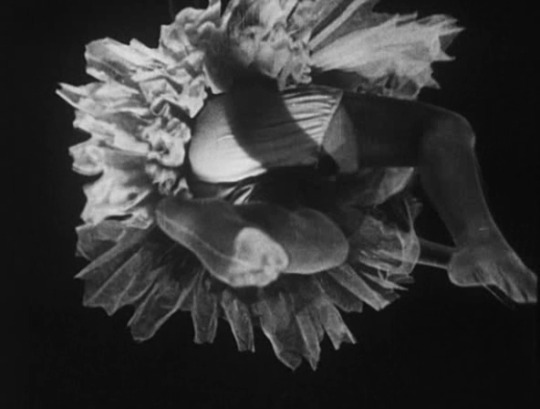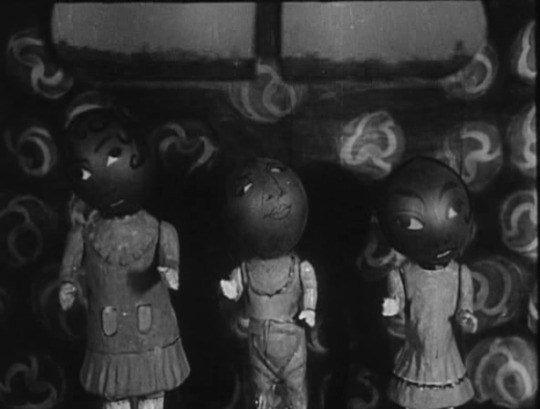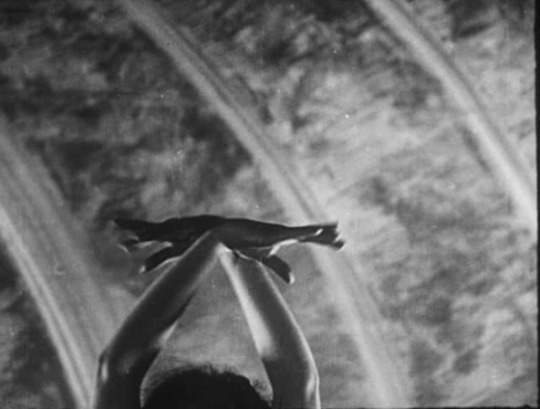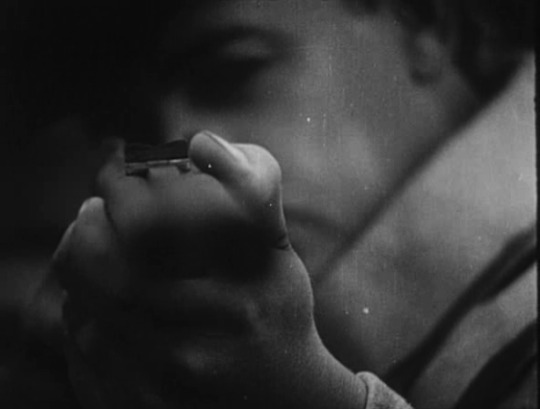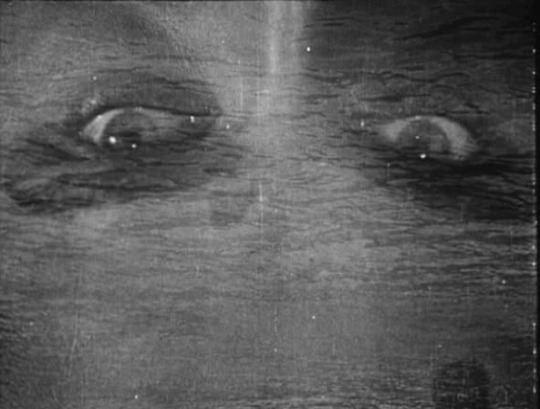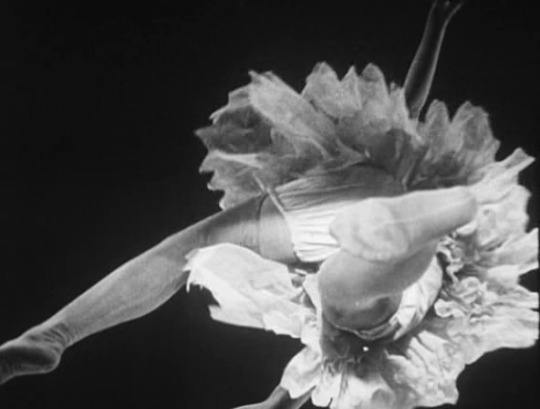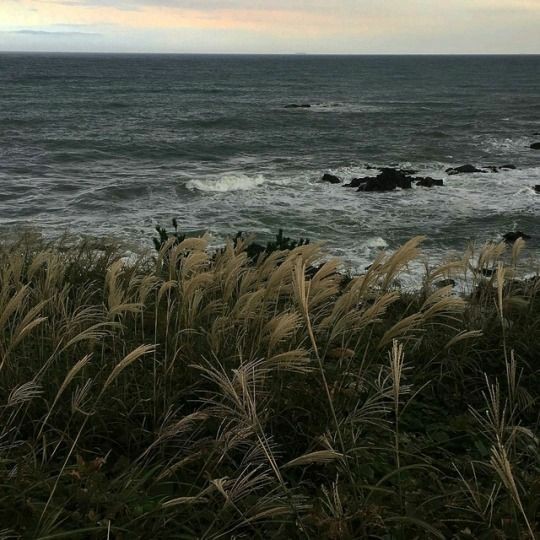Don't wanna be here? Send us removal request.
Text

Sophie Grandval, Dandelions, 1990
#Art #Flowers
19 notes
·
View notes
Photo

Sophie Grandval for night owls
marysia@marysia_cc
121 notes
·
View notes
Photo

Mattheus Merian, Dance of Death, 17th century
4K notes
·
View notes
Photo


Tristram Hillier RA (1905 – 1983) was an English surrealist painter. He was a member of the Unit One group led by Paul Nash.
Hillier is associated with psychogeography. Looking at landscapes we all understand what it means, but here is a definition by the Tate Gallery, giving Hillier as an example.
���How do different places make us feel and behave? The term psychogeography was invented by the Marxist theorist Guy Debord in 1955 in order to explore this. Inspired by the French nineteenth century poet and writer Charles Baudelaire’s concept of the flâneur – an urban wanderer – Debord suggested playful and inventive ways of navigating the urban environment in order to examine its architecture and spaces.
As a founding member of the avant-garde movement Situationist International, an international movement of artists, writers and poets who aimed to break down the barriers between culture and everyday life, Debord wanted a revolutionary approach to architecture that was less functional and more open to exploration.
The reimagining of the city proposed by psychogeography has its roots in dadaism and surrealism, art movements which explored ways of unleashing the subconscious imagination. Tristam Hillier’s paintings such as La Route des Alpes 1937 could be described as an early example of the concept.
Psychogeography gained popularity in the 1990s when artists, writers and filmmakers such as Iain Sinclair and Patrick Keiller began using the idea to create works based on exploring locations by walking.”
13 notes
·
View notes
Text



Entrance to the 1912 Luna Park in St. Kilda, Melbourne.
1K notes
·
View notes
Photo

Dorothea Tanning - Rapture (1944)
Dorothea Tanning was an American artist best known for her Surrealist paintings. Tanning often used her own dreams as inspiration, as seen in her self-portrait Birthday (1942), in which the artist stands bare-breasted with a griffin-like creature on the floor before her. “My dreams are bristling with objects that relate to nothing in the dictionary,” she once said. “Dreams one reads in books are composed of known symbols but it is their strangeness that distinguishes them.”
48 notes
·
View notes
Photo

Dorothea Tanning, Heartless, 1980Oil on canvas
57 ½ x 44 7/8 inches 146.1 x 114 cmDTA.10391
178 notes
·
View notes
Photo

Dorothea Tanning
Hôtel du Pavot, Chambre 202 1970–3
Fabric, wool, synthetic fur, cardboard and ping-pong ballsDimensions variable
© Dorothea Tanning, courtesy Centre Georges Pompidou, Paris
602 notes
·
View notes
Photo

Dorothea Tanning Portrait de Famille 1954
68 notes
·
View notes
Photo

Detail from St Nicolas of Tolentino Lippo d'Andrea di Lippo Florence, 1415 Czartorskich #museum #MyKrakow #MyPoland #Krakow #Poland #travel ⓒTheMacabreNBold https://www.instagram.com/p/ChFE7FTLWQyWhf37YwYIoxTNIcVCyTLBsYR_r80/?igshid=NGJjMDIxMWI=
33 notes
·
View notes
Photo

On this day, 24 March 1976, a right-wing coup backed by the US took place in Argentina, overthrowing populist Isabel Peron. The new military government stepped up Peron’s war against radical workers and communists, murdering and “disappearing” tens of thousands. US Secretary of State Henry Kissinger advised the junta to wipe out its opponents quickly before outcry over human rights abuses could grow. More info in this short people’s history of Argentina: https://libcom.org/history/1914-2001-peoples-history-argentina https://www.facebook.com/workingclasshistory/photos/a.296224173896073/1949193825265758/?type=3
124 notes
·
View notes




